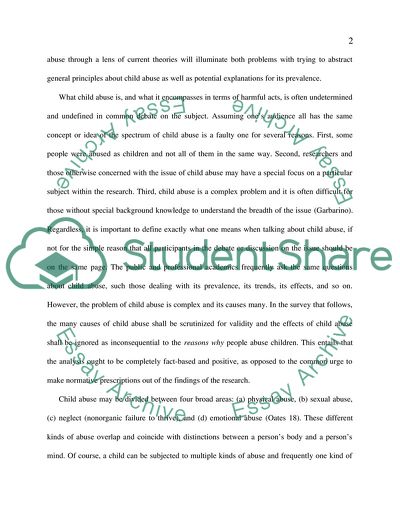Cite this document
(A Definitional Approach to Understanding Child Abuse Etiology Research Paper, n.d.)
A Definitional Approach to Understanding Child Abuse Etiology Research Paper. Retrieved from https://studentshare.org/sociology/1728481-child-abuse
A Definitional Approach to Understanding Child Abuse Etiology Research Paper. Retrieved from https://studentshare.org/sociology/1728481-child-abuse
(A Definitional Approach to Understanding Child Abuse Etiology Research Paper)
A Definitional Approach to Understanding Child Abuse Etiology Research Paper. https://studentshare.org/sociology/1728481-child-abuse.
A Definitional Approach to Understanding Child Abuse Etiology Research Paper. https://studentshare.org/sociology/1728481-child-abuse.
“A Definitional Approach to Understanding Child Abuse Etiology Research Paper”, n.d. https://studentshare.org/sociology/1728481-child-abuse.


